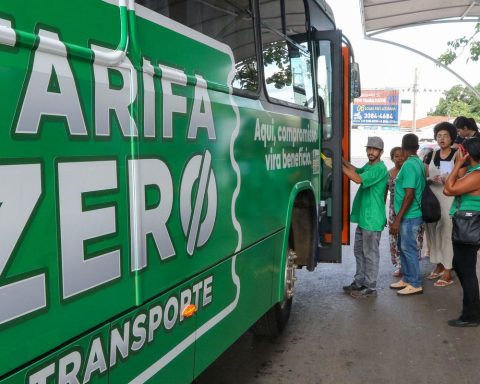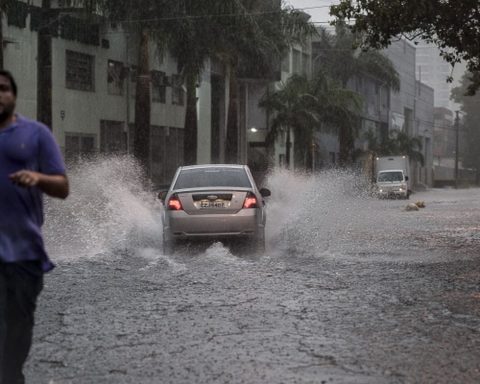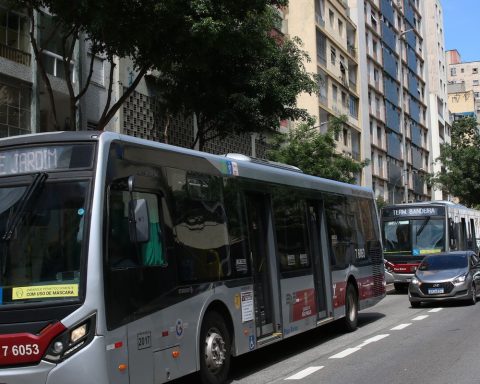In 2023, the Plant Extraction and Silviculture Production Survey (PEVS 2023) recorded primary forestry production in 4,924 Brazilian municipalities, which together totaled R$37.9 billion in production value, representing an increase of 11.2% compared to the previous year. This growth is lower than that seen in 2022, which was 13.4%, but represents a record in the sector’s production value.
The research was released this Thursday (26) by the Brazilian Institute of Geography and Statistics (IBGE).
The value of forestry production surpassed that of plant extraction, which has been the case since 1998. In 2023, there was a 13.6% growth in the value of forestry production and a decrease of R$ 132 thousand in plant extraction. In proportional terms, it can be seen that forestry increased its share of the value of primary forestry production by 1.8% (83.6%) compared to plant extraction, which now accounts for 16.4% of this total.
Forestry is the exploitation of planted forests for commercial purposes and plant extraction is the exploitation of natural plant resources.
The share of timber products remains predominant in the forestry sector, accounting for 98.2% of the value of forestry production. All timber products originating from areas planted for commercial purposes recorded a 15.4% increase in production value, while those resulting from plant extraction saw an increase of 0.5%. These results confirm the growth trend of timber products originating from forestry, while those originating from extraction have remained stable since 2021.
Among forestry timber products, there was a growth in the value of production in all groups, with firewood growing most significantly, increasing by 20.6%. The value of production of timber for the manufacture of paper and pulp grew by 19.4%; charcoal by 6.5%; and roundwood for other purposes by 16.2%.
Plant extraction recorded an increase in the value generated in 2019 (6.8%), 2020 (5.8%) and 2021 (31.6%), however, in 2022, it recorded a reduction of 0.3% and, in 2023, it showed a small decrease of R$ 132.0 thousand in current values. While timber products account for almost the entire value of forestry production (98.2%), in plant extraction this group represents 64.2%, followed by food (29.9%), waxes (3.6%), oilseeds (1.6%) and others (0.7%).
Among non-timber extractive products, açaí, with R$853.1 million, and yerba mate, with R$589.6 million, are the products that generate the most production value at current prices. Among the group of food products, açaí, yerba mate, Brazil nuts, pequi (fruit) and pine nuts represent 46.0%, 31.8%, 9.3%, 3.5% and 3.3%, respectively, of the value of national production.
The South and Southeast regions account for a large part of the country’s forestry production. Together, they accounted for 69.1% of the total value of national production. Considering only the planted forests segment, this value is even more concentrated (79.7%). The state of Minas Gerais continues to record the highest production value for this segment, reaching R$8.3 billion in 2023, which represents 26% of the value of national forestry production, followed by the state of Paraná, with R$5.1 billion, 16% of the national total.
The estimated area of planted forests totaled 9.7 million hectares, of which 68.8% were in the South and Southeast regions. 7.6 million hectares of eucalyptus and 1.8 million hectares of pine were planted in Brazil. The areas covered by eucalyptus accounted for 78.1% of the forests planted for commercial purposes in the country. While 44.7% of the eucalyptus areas were concentrated in the Southeast region, there was a predominance of pine forests, corresponding to 85.5%, in the South region.
“In the Southeast, the highlight is eucalyptus plantations. In the South, pine is predominant. In the Northeast, we have timber extraction and the food and wax group. In the North, we have timber extraction and açaí production. And in the Center-West, we have both eucalyptus plantations and timber extraction,” said Carlos Alfredo Guedes, IBGE’s Agriculture Manager.
Forestry
“In 2023, there was an increase in the nominal value of forestry production, which reached R$31.7 billion, representing a growth of 13.6% compared to the previous year, confirming the expansion trend in the sector, which, in 2022, registered an increase of 16.9% compared to 2021. All products in the timber sector showed growth, with emphasis on roundwood for paper and pulp (19.4%) and firewood (20.6%). In the non-timber group, two products registered a drop in production – dried black wattle bark (-22.2%) and resin (-40.3%), while the production of eucalyptus leaves increased by 68.3%, says IBGE.
Brazil, which has the highest productivity rates of forest biomass originating from planted areas, stands out internationally in the paper and cellulose market. According to data from the Secretariat of Foreign Trade, of the Ministry of Development, Industry, Commerce and Services, cellulose ranked 10th in the ranking of the country’s total exports in 2023 (2.3%), with 19.1 million tons exported, which generated US$ 7.9 billion, a reduction of 5.3% compared to the previous year. The roundwood sector for paper and pulp remains on an upward trend, reaching the value of R$ 11.7 billion, a growth of 19.4% in the value of production, after the 35.4% growth recorded in 2022.
The second place in the value of forestry production was occupied by roundwood for other purposes, which grew 16.2% compared to 2022. As a result, charcoal now occupies the third position in the generation of value from forestry, with 23.6% of the sector’s total, totaling R$ 7.5 billion, which indicates an increase of 6.5% compared to the previous year. In terms of volume produced, there was a decrease of 4.9%.
Among forestry wood products, there was an increase in the quantity produced: firewood (5.8%), roundwood for paper and pulp (3.0%) and roundwood for other purposes (2.6%).















